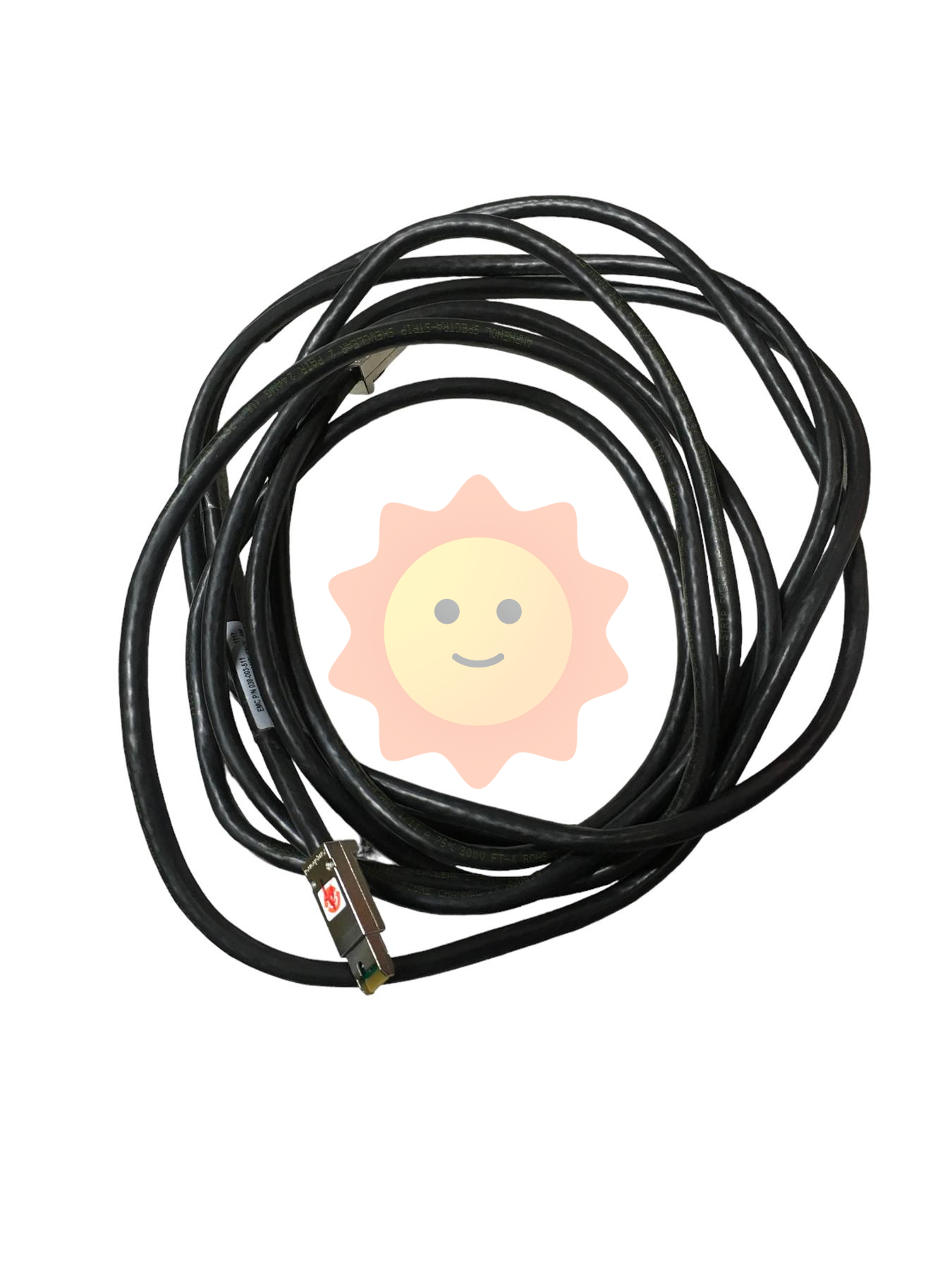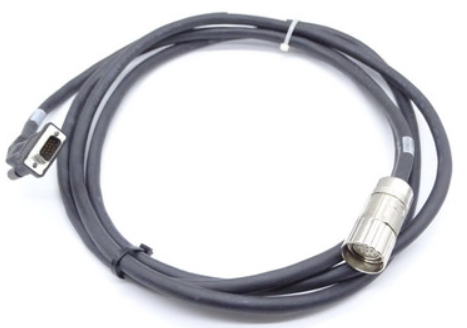Supply and demand are still tight, and the new ship market is booming
LNG shipping market outlook: In 2023, LNG shipping supply and demand are tight, and freight rates are expected to maintain a high level
As a transitional fossil energy in the context of global energy transition, the consumption of natural gas has steadily increased. Natural gas is more environmentally friendly than other fossil energy sources, its carbon emission intensity is 25% lower than oil, 40% lower than coal, while free of dust, sulfides and nitrogen oxides, as a transitional fossil energy in the context of global carbon neutrality. Its share of global primary energy consumption has risen from 14.6% in 1965 to 24.7% in 2020. According to the BP Statistical Review of World Energy, global gas consumption has steadily increased over the past decade, from 3.23 trillion cubic meters in 2011 to 4.04 trillion cubic meters in 2021, with a CAGR of 2.3% in 2011-2021. In 2021, North America has the largest natural gas consumption, accounting for 25.6% of the global total consumption, while the Asia-Pacific region, the Commonwealth of Independent countries, the Middle East and Europe account for 22.7%, 15.1%, 14.3% and 14.1% of the global total consumption, respectively.
The conflict between Russia and Ukraine and the European energy crisis have led to a sharp increase in the demand for European natural gas maritime trade, which has led to a surge in freight rates. The European energy crisis caused by the conflict between Russia and Ukraine has fermented globally, forcing Europe to shift more LNG demand to the United States, according to EIA data, in 2022, the United States will ship LNG to the European Union accounted for nearly 50% of Europe's total LNG imports. The EU's share of LNG imports from Russia fell to 14% from 45% in 2021. Amid fears that Russia's export cuts would trigger an energy crisis in the winter, Europe launched a new gas replenishment cycle in 2022, with rapidly growing demand for LNG trading by sea straining capacity and pushing up freight rates. In addition, soaring demand and tight shipping capacity have led to more long-term charters, limiting the supply of ships to the spot market and further driving up freight rates. According to Clarksons' forecast, LNG seaborne shipments will grow from 380 million tons in 2021 to 630 million tons in 2030, and LNG seaborne shipments will increase by 65% in 10 years.

New orders reached a record high in 2022, and new capacity remained low in 2023. In 2022, the Russia-Ukraine conflict and the European energy crisis have led to a surge in LNG shipping demand, and LNG shipping has usher in a super cycle, with continued tight capacity and rising freight rates making shipowners willing to place orders for new ships. In 2022, shipyard LNG carriers' orders in hand and new orders reached a record high, but LNG carriers have a long construction cycle, usually 30-50 months, so we judge that new orders in 2021-2022 will not be delivered in large numbers in the next two years. 2025-2026 will be the peak period for new ship delivery; Given the low order book for new ships in 2019-2020, we do not see a significant increase in new capacity in 2023.
More floating tanks are expected to return to the spot capacity market, and some old small LNG carriers will accelerate retirement. The decline in the spot price of natural gas since August 2022 has led to a "futures premium" structure in the natural gas futures market, resulting in a significant increase in floating storage demand, resulting in a large number of ships disappearing from the freight market and an increase in idle capacity. It is expected that as the current price tends to balance, more idle capacity will be put into the tight spot capacity market. The soaring freight rate in 2022 has led to the dismantling volume of LNG carriers at a historic low, and the trend of large-scale LNG carriers in recent years is obvious. It is expected that with the correction of freight rates, the landing of EEXI and CII environmental protection conventions, some old small LNG carriers will accelerate their retirement.
In 2023, the global LNG shipping supply and demand relationship is still tight, and the freight rate is expected to maintain a high level. The surge in demand for LNG seaborne trade caused by the Russia-Ukraine conflict and the European energy crisis in 2022 and the tight capacity of the spot market contributed to this LNG seaborne super cycle. Looking forward to 2023, it is expected that the global energy transition combined with the Russia-Ukraine conflict resulting in the reconstruction of global LNG trade routes will boost LNG shipping into an incremental era. In order to replace Russian energy imports, Europe will shift more demand to the United States and the Middle East in the future, which will significantly increase the demand for LNG shipping and intensify the global competition for LNG. According to the International Energy Agency (IEA), Europe could face a shortfall of up to 30 billion cubic meters of gas in the summer of 2023 if Russian gas supplies are completely shut down and Asian customers enter the race for LNG. In December 2022, Japan, one of the world's largest LNG importers, entered into medium - and long-term LNG supply agreements with producers in the United States and Oman in order to secure future fuel supplies and avoid future energy shortages, which will lead to more long-term charter contracts, thereby limiting the supply of ships to the LNG spot market. Further aggravate the LNG spot market capacity strain. Overall, it is expected that the growth of LNG capacity in 2023 will still be unable to meet the demand for spot market capacity, and the relationship between supply and demand will remain difficult to balance.
LNG carrier market outlook: in 2023, the LNG carrier market is still expected to maintain a high prosperity
The hot market of LNG carrier market in 2023 May cool down, but the market heat will still be better than most previous years. Based on the expectation of the continued tight supply and demand of LNG shipping in the past two years, ship owners are strongly willing to place orders for new ships, and the new orders received by LNG carriers in 2020-2022 are 6.75 million and 14.15 million CGT, respectively, continuing to hit a record high. LNG new ship prices have also continued to rise since 2021, and the recent correction in freight rates has not had much impact on the LNG carrier market, and new ship prices have continued to hit new highs. In 2022, a total of 71 new shipbuilding orders for the first phase of Qatar's 100 Ships Program will come into effect, with deliveries expected to start in 2024 and peak in 2026. According to the shipping industry of wechat public number, it is expected that the second phase of Qatar's "100 ships plan" new shipbuilding orders will take effect from 2023. According to the disclosure of Hudong Zhonghua, its LNG carrier orders have been scheduled to 2028, the shipyard capacity will continue to be tight, it is expected that the cost of LNG carriers may continue to rise, but with the correction of freight rates and ship prices continue to rise, it is expected that the large LNG carrier market in 2023 is difficult to continue the high boom in 2022. But orders are still pouring in for some projects.

In 2022, China made a historic breakthrough in the field of LNG carriers, capturing about 30% of the market share. Due to high technology, high difficulty and high added value, large LNG carriers are regarded as the "crown jewel" of the shipbuilding industry, which has long been monopolized by South Korean enterprises. In 2022, the global shipyard capacity continues to be tight, and China has made a historic breakthrough in the field of LNG carriers. In 2022, Chinese shipyards won nearly 30% of the global LNG transport new ship orders, of which Hudong Zhonghua accounted for 70% of the orders. Some ship companies such as Jiangnan Shipbuilding and Yangzijiang Shipbuilding Group have also achieved zero breakthroughs in large orders. Overall, in 2022, the global LNG carrier orders totaled 316, 52.281 million cubic meters. New ship orders are mainly undertaken by Chinese and South Korean shipping companies, Daewoo Shipbuilding and Marine Engineering, Samsung Heavy Industries, Hudong Zhonghua, Hyundai Heavy Industries to undertake more than 90% of the world's LNG ship orders. In terms of capacity, more than 90 percent of the newly delivered ships are from South Korean shipping companies. The global energy transition combined with the Russia-Ukraine conflict has pushed LNG shipping into an incremental era. Looking forward to 2023, it is expected that the LNG shipping market and construction market will remain hot, and Chinese shipyards are expected to win more market shares with their increasing technical strength and manufacturing capacity.
Car ro-ro shipment: The hot market in 2023 will continue
Automobile shipping market outlook: In 2023, the supply and demand relationship can not be effectively alleviated, and freight rates are expected to remain high
The rapid growth of China's automobile export volume has led to an increase in global automobile shipping turnover. In recent years, with the comprehensive improvement of China's global comparative advantage in supporting the new energy automobile industry chain and the product competitive strength of Chinese automobile brands, China's automobile export volume has increased significantly. According to the data released by the China Automobile Association in January 2023, in 2022, due to the lack of overseas supply and the substantial strengthening of the export competitiveness of Chinese automobile enterprises, automobile exports exceeded 3 million, reaching 3,111,000, an increase of 54.4%. With the growth of China's automobile export volume, especially the significant increase of automobiles shipped to Europe, the global automobile maritime turnover has grown rapidly. According to Clarksons' forecast, the growth rate of global automobile shipping turnover in 2023-24 will reach 5.1% and 5.6% respectively.
The growth of vehicle ro-ro shipping capacity in recent years has been weak, and the growth of capacity in 2023 has remained low. From 2016 to 2020, there are almost no new orders for global RO-ro ships, resulting in weak growth of RO-RO ship capacity in recent years. According to Clarksons data, capacity growth is negative in 2019-2020, and there is a small increase in 2021-2022. With the sharp growth of China's automobile exports and global automobile shipping turnover in the past two years, shipping supply and demand continue to be tight, and freight prices have soared. There is a significant increase in new ship orders in 2021-22, but this will not translate quickly into capacity, and capacity growth is expected to remain low in 2023.

It is expected that in 2023, the tension between supply and demand of automobile ro-ro shipping will not be effectively alleviated, and freight rates are expected to remain high. In recent years, the global demand for new energy vehicles has continued to be strong, along with China's global comparative advantage in the new energy vehicle industry chain and the comprehensive improvement of the product competitiveness of Chinese automobile brands, China's automobile exports have increased significantly, thus driving the global automobile shipping turnover to increase, the global automobile shipping supply and demand relationship continues to be tense, and the freight rate has soared. Looking forward to 2023, it is expected that the growth rate of global automobile shipping turnover will still be higher than the growth rate of transportation capacity, so the tension between supply and demand of automobile shipping will not be effectively alleviated, and the freight rate is expected to remain high. Clarksons predicts that in 2023, the growth rate of global automobile shipping turnover will be 5.1%, and the growth rate of shipping capacity will be 1.3%. The difference between supply and demand growth is still positive, and the growth rate of shipping capacity will not be able to meet the demand for shipping.
Auto roro market outlook: In 2023, the hot market of auto RORo market will continue
In 2023, the hot market of car ro-ro shipment is expected to continue. In the short term, it is expected that in 2023, the tension between car ro-ro shipping supply and demand will not be effectively alleviated, and the freight rate is expected to remain high, and the profit level of shipowners is still high. In the long run, in recent years, with the comprehensive improvement of China's global comparative advantage in the new energy automobile industry chain and the product competitive strength of Chinese automobile brands, China is expected to become the global center of new energy automobile brands, and the long-term improvement of Chinese brand automobile exports, thus driving the growth of global automobile maritime trade demand. On the whole, we believe that in 2023, shipowners' willingness to place orders for new ships is still strong, and the hot market of auto ro-ro shipment is expected to continue.
- EMERSON
- Honeywell
- CTI
- Rolls-Royce
- General Electric
- Woodward
- Yaskawa
- xYCOM
- Motorola
- Siemens
- Rockwell
- ABB
- B&R
- HIMA
- Construction site
- electricity
- Automobile market
- PLC
- DCS
- Motor drivers
- VSD
- Implications
- cement
- CO2
- CEM
- methane
- Artificial intelligence
- Titanic
- Solar energy
- Hydrogen fuel cell
- Hydrogen and fuel cells
- Hydrogen and oxygen fuel cells
- tyre
- Chemical fiber
- dynamo
- corpuscle
- Pulp and paper
- printing
- fossil
- FANUC
- Food and beverage
- Life science
- Sewage treatment
- Personal care
- electricity
- boats
- infrastructure
- Automobile industry
- metallurgy
- Nuclear power generation
- Geothermal power generation
- Water and wastewater
- Infrastructure construction
- Mine hazard
- steel
- papermaking
- Natural gas industry
- Infrastructure construction
- Power and energy
- Rubber and plastic
- Renewable energy
- pharmacy
- mining
- Plastic industry
- Schneider
- Kongsberg
- NI
- Wind energy
- International petroleum
- International new energy network
- gas
- WATLOW
- ProSoft
- SEW
- wind
- ADVANCED
- Reliance
- YOKOGAWA
- TRICONEX
- FOXBORO
- METSO
- MAN
- Advantest
- ADVANCED
- ALSTOM
- Control Wave
- AB
- AMAT
- STUDER
- KONGSBERG
- MOTOROLA
- DANAHER MOTION
- Bently
- Galil
- EATON
- MOLEX
- Triconex
- DEIF
- B&W
- ZYGO
- Aerotech
- DANFOSS
- KOLLMORGEN
- Beijer
- Endress+Hauser
- MOOG
- KB
- Moxa
- Rexroth


Email:wang@kongjiangauto.com

















































































































